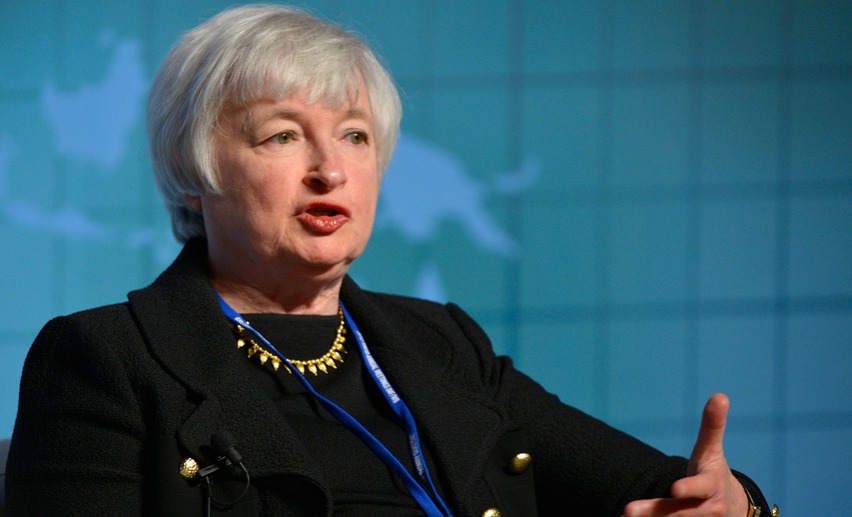The April employment report from the Bureau of Labor and Statistics was watched closely by analysts, following the weak report for March.
The data-dependent Federal Reserve is looking to start normalizing interest rates and the jobs data factor into its thinking.
The April release could be broadly characterized as a Goldilocks’ reports: not-too-hot and not-too-cold.

No Surprises
April non-farm payroll growth of 223,000 was a little below expectations while an unemployment rate of 5.4% (down from 5.5% in March) met expectations.
The not-too-hot part of this report is that non-farm payroll growth recovered from weakness in March which was revised from an already weak 126,000 to 85,000.
This recovery is also favorable when considering difficult weather on the East coast, dock strikes on the West coast, a sharply higher dollar affecting earnings and exports, and very depressed first quarter GDP estimate of 0.2%.
Mixed Results
The not-too-cold part of the report has non-farm growth notably below 2014’s 260,000 average monthly level.
Moreover, the first quarter’s average monthly growth of 194,000 is well below the year-ago period of 324,000.
Other indicators that were less than robust were monthly wage growth (only +.2%) and average workweek hours (unchanged at 34.5 hours).
The unemployment rate that includes discouraged and underemployed workers remained at a rather high level for the quarter, hovering around 11%.
Fall Rate Hike?
Overall, in my opinion, the number probably keeps the Fed on track to modestly raise rates this year but there is probably not enough here to start the process in June.
September is looking more likely at this point in my view. The market’s interpretation of the numbers is strongly positive with stocks higher and bond values higher with rates declining.
Investors appear to appreciate that employment growth did not remain around the weak levels of March and likelihood that the Fed will be measured in its monetary policies.
Photo Credit: Day Donaldson via Flickr Creative Commons


